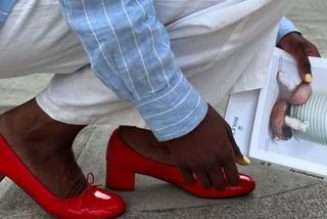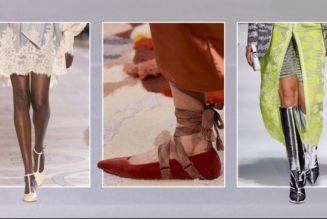
Unlock the Editor’s Digest for free
Roula Khalaf, Editor of the FT, selects her favourite stories in this weekly newsletter.
In many walks of life, platform companies do very well. It is perfectly possible to create a digital space that connects large numbers of buyers and sellers, and make a decent cut out of each transaction. See Uber, which now has a market value of more than $126bn. Or Airbnb, worth about $87bn.
Compare and contrast such success stories with Farfetch. The platform once hoped to be the “Uber of luxury”. At one time it was worth $24bn. It fetched very little in the end. A $500mn deal at the end of the year, with Korean etailer Coupang and Greenoaks Capital Partners, wiped out the equity entirely.
Farfetch’s unravelling points to a fundamental problem in creating a platform for luxury goods. Unlike the fragmented universe of drivers, rental accommodation, beauty products or food delivery, there are not many luxury brands that really matter.
Farfetch may have had thousands of brands on its website but analysis carried out by Bernstein in 2020 suggested that most were minor. Almost 70 per cent of brands on Farfetch had fewer than 50 products on the marketplace. Just 10 major brands, including Nike and Adidas, probably drove the majority of the platform’s traffic.
A concentrated market structure is not easy for a platform to navigate. It puts negotiating power firmly in the hands of its suppliers. Moreover, luxury brands are by and large keen to sell to their customers directly, jealously guarding those relationships and limiting the proportion of goods that flow through wholesale channels. Unsurprisingly, they were reluctant to feed the growth of a middleman — especially one that aspired to become big enough to call the shots in their sector.
Following Coupang’s rescue, Farfetch’s retail business will live to see another day. Yet its path to profitability is not clear. One option will be to cut costs right down. Another will be to focus on emerging brands, rather than uncooperative behemoths, and offer them a route to market — though their pulling power for punters, and willingness to pay, is questionable.
There is not an obvious way to restyle this battered outfit.
If you are a subscriber and would like to receive alerts when Lex articles are published, just click the button ‘Add to myFT’, which appears at the top of this page above the headline









